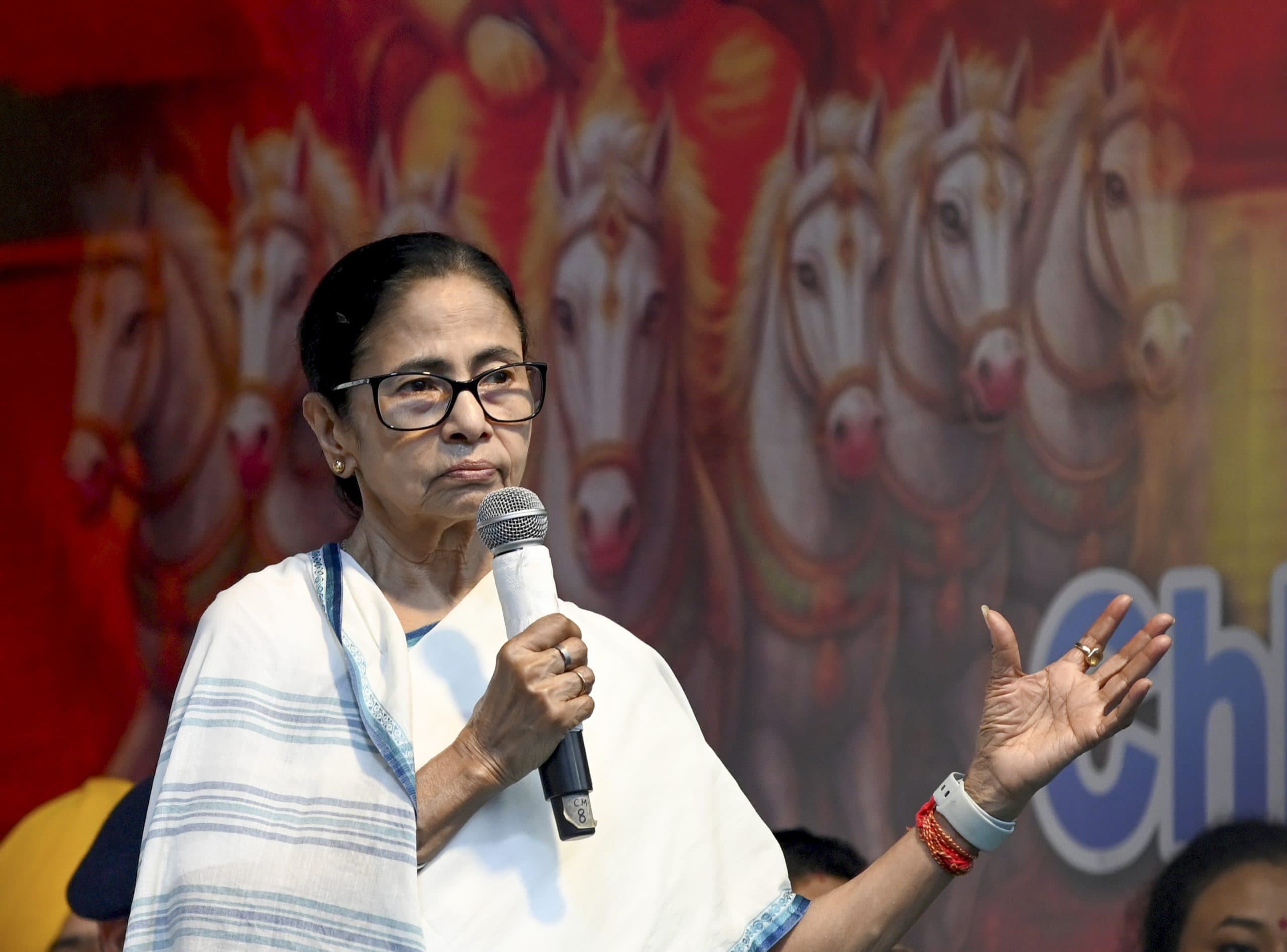Modi will plant saplings in the ridge area in South Delhi, a part of the mountain range stretching 700 km from Gujarat to the national capital, the sources said.
The chief ministers of Delhi, Haryana, Rajasthan and Gujarat will participate in the launch of the project.
The sources said around a thousand nurseries will be developed in 29 districts falling in the Aravalli range as part of the project.
According to the government, this initiative will be crucial in meeting India’s climate goal of creating an additional carbon sink of 2.5 to 3 billion tonnes of carbon dioxide equivalent and restoring 26 million hectares of degraded land by 2030.
The government had unveiled the Aravalli Green Wall initiative in March 2023. The project aims to establish a five-km-wide green belt buffer, covering 6.45 million hectares across Gujarat, Rajasthan, Haryana and Delhi. Within this buffer zone, about 42 per cent (2.70 million hectares) of land is degraded.
The Aravalli range acts as a natural barrier against desertification, preventing the expansion of the Thar desert and protecting cities such as Delhi, Jaipur and Gurugram.
The Aravallis, India’s oldest mountain range, are the source of important rivers such as the Chambal, Sabarmati and the Luni. Its forests, grasslands and wetlands support endangered plant and animal species.
However, deforestation, mining, livestock grazing, and human encroachment are worsening desertification, damaging aquifers, drying up lakes and reducing the range’s ability to sustain wildlife.
Of the total degraded area, 81 per cent is in Rajasthan, 15.8 per cent in Gujarat, 1.7 per cent in Haryana and 1.6 per cent in Delhi, according to the action plan.
Rajasthan’s Udaipur district has the highest degraded area within the buffer zone (0.675 million hectares), which is more than the combined degraded area of Haryana, Delhi and Gujarat (0.568 million hectares). PTI GVS RHL




